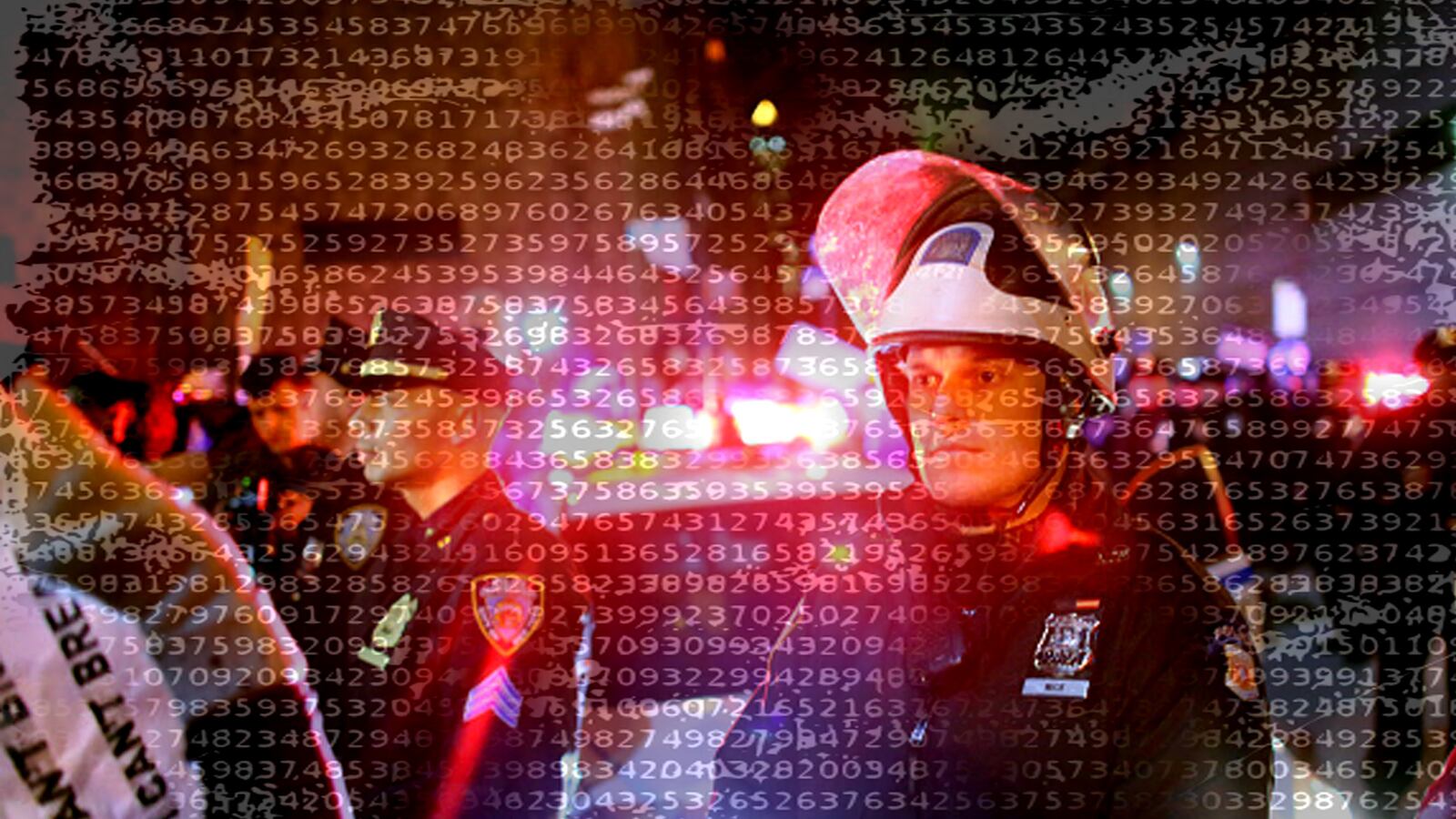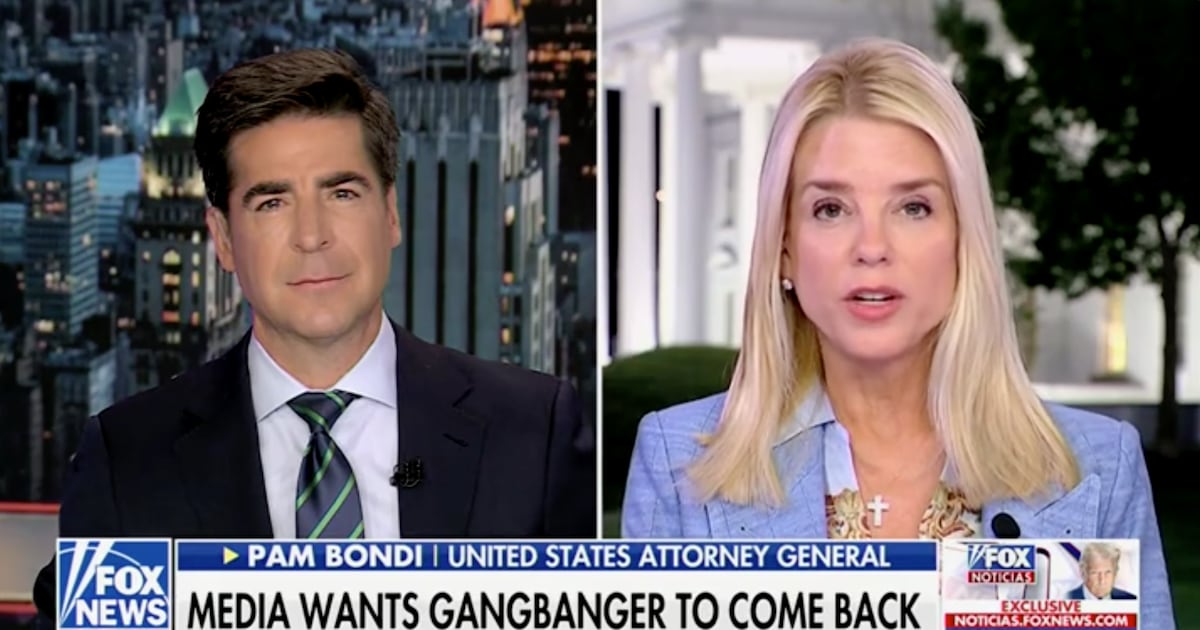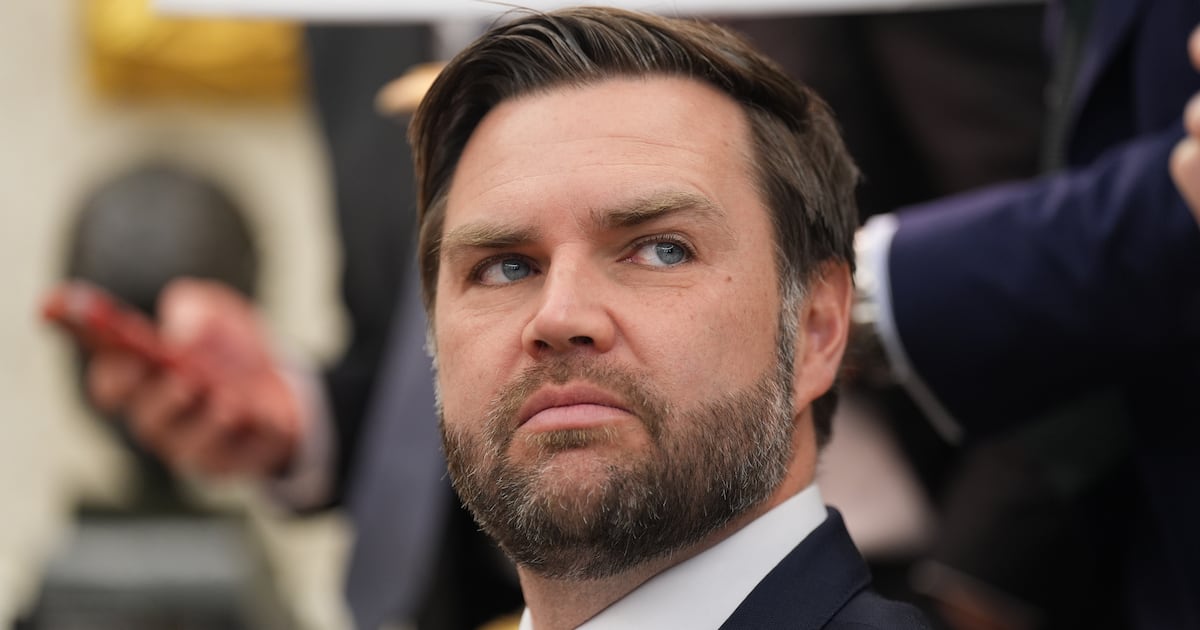Eric Garner died because he was tired of being a number.
And he was a number because he was a street hustler in an era when police bosses had taken to using the number of arrests and summonses to measure the performance of cops they did not trust to rely on their own discretion.
“Every time you see me, you want to mess with me,” Garner can be heard on the video taken of his encounter with two plainclothes cops on Bay Street in Staten Island. “It stops today.”
These particular cops reportedly had been deployed to Bay Street this July day after the NYPD’s third in command, Chief of Department Phil Banks, learned that local businessmen were complaining about people there selling loose cigarettes, among them somebody named Eric. Banks happens to be black, as was the sergeant who was the immediate supervisor on the scene.
“I’m minding my business, officer, I’m minding my business,” Garner says on the video, his voice rising in exasperation. “Please just leave me alone. Please.”
But the cops had become too oriented to producing numbers that would be reported back at the next CompStat meeting at headquarters where commanders are held accountable. One of them reached to take Garner’s wrist in preparation for cuffing him.
“Please don’t touch me,” Garner said. “Do not touch me. Do not touch me.”
Garner moved his arm away, a mild response in keeping with a man not known for violence. Police Officer Daniel Pantaleo then sought to bring the hulking Garner down by yoking him around the neck.
And the terrible irony of what followed is that CompStat was founded on the very principle that protesters were chanting on Wednesday after a Staten Island grand jury declined to indict Pantaleo for Garner’s death.
“Black lives matter!”
As conceived by policing genius Jack Maple two decades ago, the goal of CompStat was to compel the New York Police Department to treat crime in the city’s poorer neighborhoods as seriously as it would crime in a rich neighborhood.
“Treat every crime as if the victim were your mother,” Maple would say.
The guiding philosophy was informed not by broken windows, but by lost lives, with black lives held exactly as important as white lives, or any other lives.
The eventual result was that New York was transformed from a war zone where more than 2,000 people were murdered a year into the safest big city in America. Thousands of lives were saved, a great many of them black lives.
Maple departed the NYPD in 1996 out of loyalty to Police Commissioner William Bratton, who ran afoul of then-Mayor Rudolph Giuliani. CompStat remained and continued to prove remarkably effective—even though a succession of mayors and police commissioners did not seem to grasp its founding principle, which was not broken windows and had nothing to do with squeegee men.
When he was dying of cancer in 2001, Maple predicted that the NYPD would have to keep using CompStat for decades to come, because otherwise crime was sure to rise. He proved correct. Thanks to CompStat and strategies added by Police Commissioner Ray Kelly, crime continued to decline.
As a result, New York went from The Bronx is Burning! to Brooklyn is Booming! A stretch of Flatbush Avenue that had been more than once spattered with the blood of innocents became the site of the new Barclays Center and possibly the site for the next Democratic convention. The borough officially became the least affordable place to live in America.
In all five boroughs, real-estate boomed. The city became a Mecca for hordes of hipsters and creative types as well as young people seeking their fortune in finance.
And of course nobody thanked the cops who had made it all possible, routinely at great personal risk, too often at great sacrifice.
Instead of a saved city’s gratitude, the cops got zero raises and what they took to be quotas no matter what fine distinctions the bosses sought to make. People who employed CompStat without fully understanding its original purpose and goal allowed it to become too much about numbers for numbers’ sake.
That began to change when the newly elected Mayor Bill de Blasio brought Bratton back. Bratton has always made sure to give due credit for the New York miracle in crime reduction and he had the fount of that miracle officially named the Jack Maple CompStat Center.
A friend brought Maple’s cremated remains in a polished wood urn to the dedication ceremony. Mayor de Blasio spoke for the thousands of lives that had continued to be saved after the genius’ untimely death.
But de Blasio seemed to be another mayor who did not understand CompStat’s genesis even as he continues to benefit from its results. He can be as progressive as he wants to be so long as crime is down.
On Monday, de Blasio proudly announced that crime had continued to decline even though the NYPD had cut radically back on “stop and frisk” as well as marijuana arrests. Robberies—including those involving cellphones—were down 14 percent. And, most importantly, homicide was at an historic low, meaning more lives were being saved.
“We can see with our own eyes, we can experience in our own lives, a safer city,” de Blasio told the press, “and a city that is becoming more unified.”
Two days later, word came that the grand jury in Staten Island had declined to indict Pantaleo for Garner’s death in their encounter involving lose cigarettes and cops too used to numbers. The news came soon after the same grand jury result in Ferguson in the death of Michael Brown. And, de Blasio told reporters he felt compelled to make a particular statement.
“Black lives matter,” de Blasio intoned. “It had to be said.”
He gave no sign he was even aware that this was at the core of CompStat. And he offered no explicit reminder that the NYPD had been saving thousands of black lives, along with many others.
The same phrase was chanted by the protesters who took to the streets of Manhattan. Their shock and anger was understandable as they repeated the plea that Garner had made as he was pinned to the sidewalk, the cries that the cops in the video gave no sign of hearing.
“I can’t breathe! I can’t breathe!”
The protesters also raised a cry referring to Brown’s death.
“Hands up! Don’t shoot!”
Although these words and the accompanying uplifting of the hands as if in surrender contradicted much of the grand jury testimony in Ferguson, it all reflected how many people insist on viewing the killing.
But there was another cry that went from ridiculous to obscene as the protesters turned down Houston Street.
“NYPD spells murder!”
Just downtown shone the Freedom Tower, which has risen where the World Trade Center came down in the 9/11 attacks. The city’s true twin towers that day were the cops and the firefighters and none were braver than Police Officer Moira Smith. She was photographed leading a bleeding executive from the burning South Tower before she returned to help evacuate hundreds of others at the cost of her own life.
And, just to the left of the protesters was a street where Police Officer Arthur Leahy took on a gunman seven years ago after he’d just murdered a bartender and executed two auxiliary cops and likely would have kept on killing. Leahy’s brother had been another of the cops killed on 9/11, but there Leahy was in 2007, charging straight into bullets that could have cost his mother a second son. He survived and the gunman did not.
The protesters now turned downtown, few if any uniformed police in evidence until they reached the Brooklyn Bridge. A phalanx of cops formed behind them as they started across.
Off to the right was the Statue of Liberty. The cops were not seeking to deprive the crowd of its liberty to protest even though some of the police supervisors had been spat upon in the process. But there was also the liberty to consider of those people who wanted to use the bridge to get home.
So, the cops informed the protesters that they had to keep moving and came behind them to ensure that they did. The cops and the crowd continued on toward the borough where a fair number of the protesters live thanks to the efforts of the police to make it safe.
Along the way, the NYPD had for a time become too much driven by numbers along with the mistaken notion that its success arose from the “broken windows theory” and zero tolerance for so-called quality-of-life crimes.
One result was the encounter in Staten Island between cops too long driven to get numbers and a 43-year-old father of six who was fed up with being one.
The indifference those particular cops shown on the video of Garners’ dying pleas for breath could very well lead you to think that in their view this was one black life that did not matter.
“I can’t breathe!” the protesters now chanted again.
But on the far side of the bridge was Brooklyn, where the cops had prevented thousands of violent deaths, the great majority of them people of color in a continuing miracle that began with the same principle that the protesters were chanting once again.
“Black lives matter! Black lives matter!”






